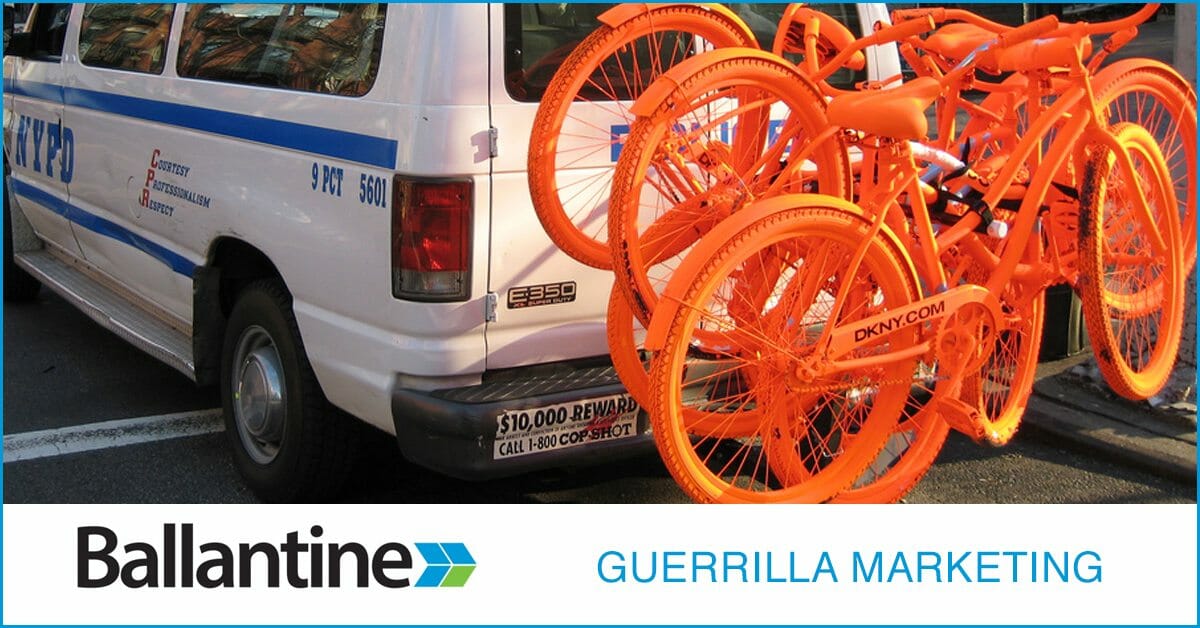There’s no 1 guaranteed perfect time to mail an acquisition campaign. Still, while there are preferred times, you can’t talk about direct mail fundraising and acquisition mail campaigns without first talking Time.
The important upfront truth: Acquisition campaigns comprise a long game. There’s no such thing as a 1-campaign approach.
Returns don’t start coming in until the 2 ½ to 3- to 5-year mark. A first campaign win is rare, if not an anomaly. Once you start, you’re in for the long haul.
Plan Your Timeline for a Direct Mail Fundraising Campaign
With that important disclaimer out of the way, best practice means mapping out a plan and establishing a timeline.
Spring and fall are common schedules for acquisition mailings. Consider:
- October through the end of December are the most popular months for donations in the nonprofit world
- Running a campaign in October will put you ahead of the generous year-end spirit that overtakes people during the holidays
- And springtime: That’s when people donate the most
Still another strategy turns some campaigns to summer. The mere fact that it doesn’t seem like a good time can mean that less competition for dollars can sometimes work well. A well-timed direct mail fundraising campaign can significantly boost support and engagement for your initiatives.
List Minimums and Small Returns
Count on acquiring lists with about 100,000 names, considering that for every 100 people your reach, the response rate is less than 2%.
Smaller nonprofits, however, may do better managing smaller lists of 50,000 names. With these smaller organizations, a 1% return is considered good.
Story Big for Conversion Along with Knowing Your Customer
Using your list to run a direct mail campaign—direct mail is always a good start—works particularly well over the holidays and converts your direct mail recipient into a donor. A compelling story about how your organization helped a person in need will captivate audiences and carry more weight than a straightforward introduction to your organization.
Plus, a good giving story requires understanding your donors. Are you seeking out Baby Boomers or the younger donors that many nonprofits are hoping to inspire?
Attrition Happens. Don’t Give Up

Retaining existing donors is important, as personalized outreach can increase their engagement and contributions, but if you want your organization to grow, you must acquire new lists. Once you set out on your acquisition journey, you can’t stop. If you want your organization to grow, you must acquire new lists. As time goes on, some donors simply stop donating. Others move. Others pass away. Once you engage and know you’re in for at least 2 ½ to 3 years, you’ve got to keep that top funnel plentiful and filled with names. You’ve got to find more high-giving donors to keep your acquisition efforts going.
Solo or Collaborative
Working smart during the multi-year span of acquisition campaigns requires several smart strategies. You have to test … even consider 2 lists, comparing results to determine what age groups, group interests, etc. produce the best results. There may be several things you’ll want to tweak after the first campaign.
You can go DIY with your acquisition strategy. That said, working with an agency like Ballantine enables you to get some hand holding with:
-
- Required AB testing to see what works
- Expert direct mail production and format knowledge
- Layering of multiple touchpoints that could increase your response rate
- Trained staff copywriters who can produce compelling stories … even linking to and expounding on stories on your website
- Data gathering, analysis, and storage that facilitates improved success from ongoing campaigns within the multi-year overall campaign timeframe
Check out our support or collaborative sources. At Ballantine, we’re good listeners and provide good guidance. Even better, we’re only a phone call away.
I'm the Director of Digital Services and Partner at Ballantine, a family-owned and operated direct mail & digital marketing company based in New Jersey. and started in 1966 by my great uncle!





